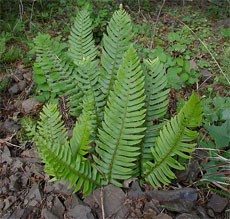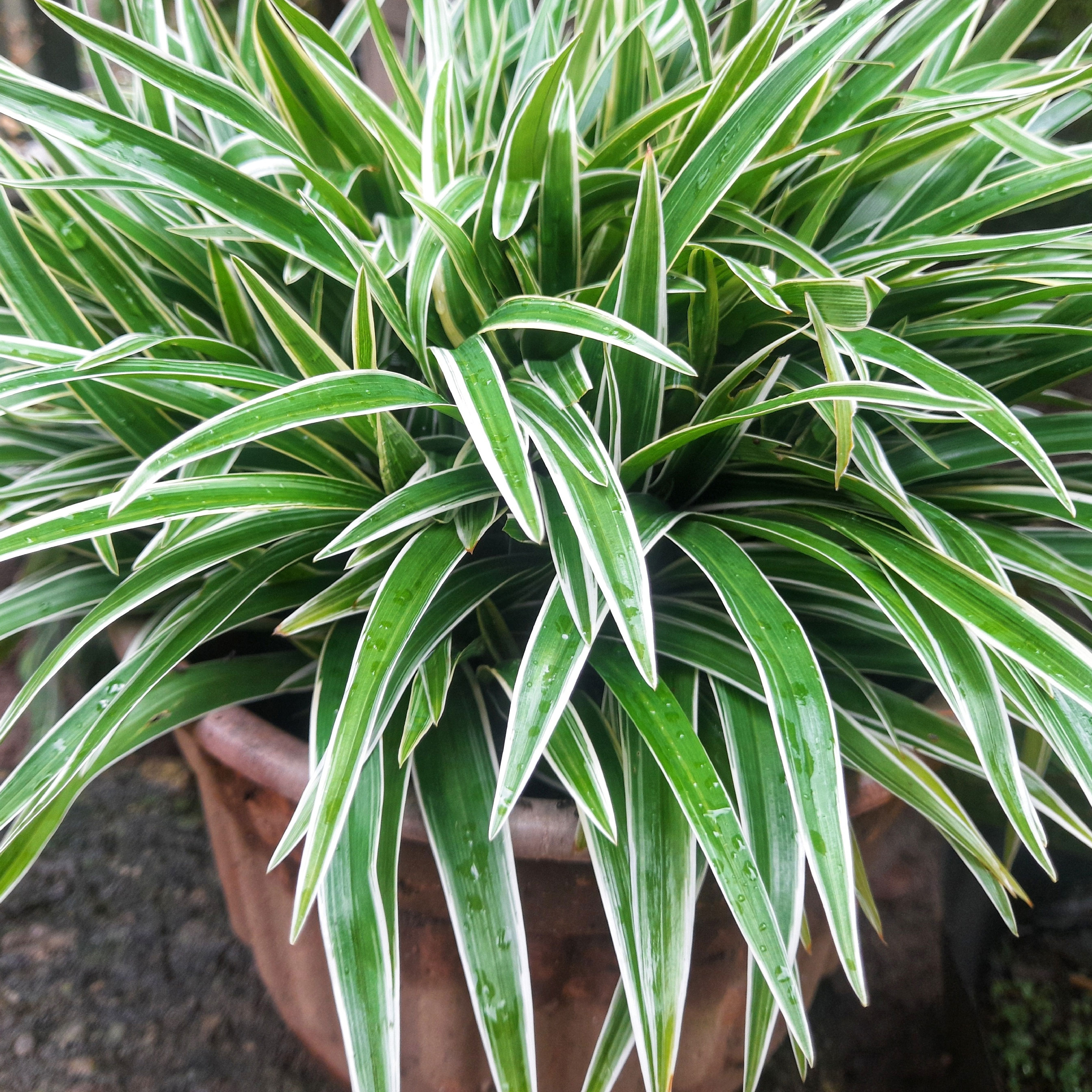Top 10 Questions About Lime Trees


Don't let the thought of growing lime trees intimidate you. While they do have their share of problems, overall, growing a lime tree isn't that difficult. That said, it does help to arm yourself with the right information for basic care as well as information for overcoming common issues along the way. Gardening Know How can help with this by answering those common questions that plaque us all. Here are the top questions about lime trees. 1) How to care for potted lime trees? Lime trees grow well in containers. In climates with cold winters, planting them in containers and overwintering them indoors is essential. Dwarf varieties work best for container growing, but full sized trees will stay small and healthy with pruning. Plant your lime tree in a large container (15 gallons is ideal) with wheels on the bottom for easy moving. Make sure your container has plenty of drainage holes, and fill it with well-draining, neutral potting soil. Place your container in a sunny, south-facing location and bring it indoors when temperatures fall below freezing. 2) Why a lime tree doesn't produce fruit? It's frustrating to plant a fruit tree and get no fruit. There are a number of reasons for a lime tree not bearing fruit. This could be due to a lack of phosphorus, as fertilizers heavy in nitrogen but low in phosphorus will result in lots of leafy growth but no flowers or fruit. Heat is also important. Limes need warmer temperatures than other citrus trees in order to fruit. Water is crucial too. Overwatering and uneven watering can cause a lime tree to drop its blossoms. The problem may also be pruning. If you've pruned your tree to keep it compact, you may have accidentally removed this season's buds. 3) Why are leaves turning yellow on lime tree? On most plants, yellowing leaves are a sure sign of less than ideal conditions. If the leaves on your lime tree are turning yellow, a good guess is that you're overwatering. Lime trees need lots of water to thrive, but they also need good drainage, especially those in containers. If the roots are allowed to sit in standing water, the leaves will turn yellow and maybe even drop. Yellowing leaves can also be a sign of stress brought about by a sudden change in temperature or light. The best way to keep a lime tree's leaves green is to keep its environment stable. 4) What to do for premature fruit drop? Some fruit drop is perfectly normal for lime trees. Often, a tree will produce more flowers and fruit than it can support, and it will drop them over the course of the growing season in order to devote the available energy to the number of fruits it can maintain. If your tree seems to be losing a lot of fruit or showing other signs of distress, it could be due to uneven watering or pH imbalance. Maintain steady but well-draining watering habits and keep the soil at a neutral pH to ensure good fruit set. 5) How to prune lime trees? Pruning lime trees isn't essential, but plenty of gardeners like to do it to keep them shaped nicely and to increase airflow. The best time to prune a lime tree is autumn after the tree has stopped fruiting or early spring before new buds form. Damaged or weak branches should always be removed, since they might not be able to bear the weight of fruit. Cut back branches evenly throughout the tree to allow for good airflow and even sunlight throughout. This will help prevent disease and encourage faster ripening of fruit. 6) Why are lime tree leaves curling? Curling lime leaves can be a sign of a few different problems. Pests of lime trees might be the number one source - aphids, mites and psyllids all suck the juices from leaves, which can cause them to curl. Check the underside of your leaves and spray with insecticide if you see any bugs. If no bugs are present, the problem might be not enough water. Increase your watering and add a few inches of mulch to help retain moisture. If water's not the cause, it could be a potassium deficiency. Try feeding with a potassium-rich fertilizer. 7) How do you stop lime tree pests? There are quite a few pests that feed on lime trees. These include leaf miners, scale bugs, citrus mites and aphids. Often, they don't appear in the spring because the winter has severely knocked back their numbers, so you'll likely notice them being a problem later in the summer. A lot of pest problems can be avoided by keeping the area under your tree clear and pruning to allow for good air and light circulation. If you do have an infestation, try using neem oil and citrus sprays. If that fails, use a harsher chemical insecticide. 8) Why are my limes turning yellow? It's a little known fact that limes actually turn yellow when they ripen! We always pick and eat limes when they're green and technically not 'ripe' yet. Unlike a lot of fruits, they won't continue to ripen after they're picked, which is why you hardly ever see yellow limes. If your limes are turning yellow, it's not a sign that anything bad has happened. It just means you've left them on the tree longer than you should have. About the same time they turn yellow, they start to wrinkle and become bitter and aren't very good for eating. 9) When are limes ready for harvest? Limes are picked when they're still green, before they're technically 'ripe.' So how can you tell a fruit is ripe when it doesn't change color? You don't want to wait until your limes turn yellow, but you do want them to turn a lighter shade of green. The lighter the lime, the more likely it is to be ready to pick. When you squeeze a lime that's ready for harvest, it should give a little under your fingers - unripe limes are hard. If you're unsure, pick a lime and cut it open. If it's ripe, it should be very juicy inside. Unripe limes are much more solid. 10) How to fertilize a lime tree? Lime trees, like all citrus trees, are very heavy feeders. It's best to fertilize a lime tree with a suitable citrus tree fertilizer every one to two months during spring and summer and every two to three months in fall and winter. After the tree is established at a few years of age, cut the feeding to half as regularly. Lime trees benefit from fertilizer that is a little bit nitrogen heavy, though phosphorus is key to flower and fruit production in the spring. You can fertilize a lime tree through soil amendments or a foliar spray. We all have questions now and then, whether long-time gardeners or those just starting out. So if you have a gardening question, get a gardening answer. We're always here to help.
Gardening tips, videos, info and more delivered right to your inbox!
Sign up for the Gardening Know How newsletter today and receive a free copy of our e-book "How to Grow Delicious Tomatoes".

The only child of a horticulturist and an English teacher, Liz Baessler was destined to become a gardening editor. She has been with Gardening Know how since 2015, and a Senior Editor since 2020. She holds a BA in English from Brandeis University and an MA in English from the University of Geneva, Switzerland. After years of gardening in containers and community garden plots, she finally has a backyard of her own, which she is systematically filling with vegetables and flowers.
-
 Want To Know How To Make A Spider Plant Bushier? 4 Secrets For Lush & Bushy Spiders
Want To Know How To Make A Spider Plant Bushier? 4 Secrets For Lush & Bushy SpidersAre you looking for ways to make your spider plant look bigger or more dramatic? Follow these quick and easy tips on how to make a spider plant bushier
By Teo Spengler
-
 What Is A Pollinator Garden? Grow Gorgeous Blooms While Benefiting Your Local Ecosystem
What Is A Pollinator Garden? Grow Gorgeous Blooms While Benefiting Your Local EcosystemPollinator gardens look great and also provide a diverse ecosystem that benefits your local pollinating insects and animals. Get started today with this guide!
By Bonnie L. Grant